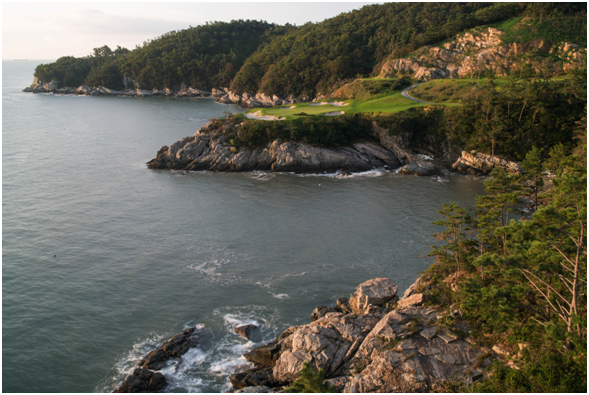from Golf Course Architecture Magazine – Issue 58 – October 2019
Star treatment
Behind an inconspicuous gateway across the street from Fox Studios, a Hollywood star has been under the knife. Toby Ingleton discovers more

The drivable par 4 11th at Hillcrest
Groucho Marx made an exception to his own rule – “I refuse to join any club that would have me as a member” – for Hillcrest Country Club. Established in 1920 with eighteen holes laid out by Willie Watson, Hillcrest has long been counted alongside the courses at Riviera, LACC and Bel-Air as one of Los Angeles’ finest, and is home club to many of the city’s leading lights.
Occupying 141 acres just south of Beverly Hills, the club’s original front nine sat in a valley that runs east of a hill on which most of the back nine played. This combination of terrain afforded Watson nice elevation changes, as well as long views towards Los Angeles and the surrounding oil wells.
Like most top-end US clubs, Hillcrest prides itself on pristine playing surfaces, and there is an expectation that agronomic improvements will be undertaken on a periodic basis. In the mid-2010s the club was faced with a number of deferred maintenance needs, including a new irrigation system, and they were also on the hunt for a new architect. Considerable research was conducted by the greens committee at this time, and a strong proposal was received to re-work the greens and bunkers by an architect who had recently done excellent work at a nearby country club. However, before approving the greens committee recommendations, the club’s board asked general manager Miles Tucker and director of golf John McMullen to help provide alternatives to the proposal on-hand. “We knew that water management strategies needed to be central to any significant investment into the course, and also that we had opportunities to improve both our practice facilities and overall golf experience,” says Tucker. “So we worked to identify the delta between what was being proposed in terms of maintaining the existing facility, and what we really wanted, which was a facility that would differentiate us from the other clubs in LA and help us to continue to enhance our reputation as one of the best family-oriented clubs on the West coast.”

The par 3 14th and par 4 16th
The club invited several architects to pitch for the work and ultimately selected California-based Kyle Phillips. “We felt that the customised design approach Kyle takes on each property he is given would create something uniquely appropriate for our site,” says McMullen. “We were also really impressed with his commitment to his design philosophies. It can be all too easy to bow to some of the many voices that have an opinion on what should be done, but Kyle showed a clear belief in what he felt would prepare us best for the next 100 years.”
Phillips’ proposal involved combining the valley and hill experiences into each nine and a mix of original, familiar and new holes. “Six holes remain in their original location but are substantially improved. Another six use existing hole corridors. And there are six completely new holes,” says Phillips.
The key to the new routing lies within the integration of two areas that had historically been used as turf nurseries. “These areas had been hidden from the course for decades by large shrubs, so many members did not even know the land existed,” says Phillips’ senior design associate Mark Thawley.
Both areas now occupy prime locations on the course, including the new par three fourth hole, which enjoys a panoramic view of the Los Angeles skyline and the Hollywood Hills.

The par 3 4th with the Hollywood Hills as a backdrop
By bringing these areas into play and being more efficient with the routing in general, Phillips was able to convert the land previously occupied by the old netted range, the par-four tenth and a portion of the par-five eleventh into the world-class practice facilities that the club desired. In turn that freed up the site of the old driving range tees – in prime view from the dining area – for the new eighteenth green. Alongside that are tees for a completely new first hole, which runs parallel to the eighteenth.
“The new range is still convenient to the clubhouse and first tee,” says Phillips. “Occupying nearly six acres, members can now hit shots over 300 yards without the need for safety netting. A five-hole par-three course – ‘The Five’ – has been laid out adjacent to the range and is focused on family play and fun.” Between the range and short course is a new teaching centre designed by Hawkins & Marshall, who also created a new halfway house.
Tucker says that while members will coo over the new practice facilities and guests will rave over the halfway house, real golf aficionados will be “stunned” by the new course. “The memorability of the new course is defined by the par threes, which are all iconic,” says Tucker. From the new 155-yard second, with its sunken green, to the massive Biarritz green at the twelfth, which plays 260 yards from the back tees, Tucker says all the par threes are great fun to play.
The redesigned course provides a varied test. “Par fours range from 290 to 495 yards, so – like Riviera – will test every club in the bag,” says Tucker. “Three of the par fives are wonderfully strategic; challenging to reach in two. The eighteenth can go to 600 yards if required, culminating in one of the most stunning green complexes on the course.”

The par 5 13th
Even though the total number of trees is the same, Phillips has opened up interior views, with many fairways now interconnected, separated by bunkers and stands of trees. “We put a lot of time and effort into tree management,” says Tucker. “Undesired species have been removed, beautiful specimens have been relocated and new trees have been planted on the perimeter for increased set-backs and privacy. The course has a much more open feeling.”
“Walking was also a priority for the membership, so the green-to-tee relationship has been improved and grass walk-offs added,” says Phillips. This relationship is particularly evident at the start of each nine, with the back tees for both the first and tenth connected to the practice putting greens.
With the project complete and reopening scheduled for October, Tucker highlights the “incredible partners” that he, golf director John McMullen and the club’s chairman of the project committee Arnold Rosenstein have worked with. In addition to Thawley, Phillips’ team included on-site design representative and shaping specialist Dave Smith. “In addition to shaping a stunning golf course and practice area, Dave was quick to bring any opportunities or concerns to the team’s attention, rapidly proving himself to be an integral part of the broader project team.” says Tucker.
Not to be confused with Dave, David Smith from Golf Projects International played a key role in managing the project from initial permitting to completion. Landscapes Unlimited was the general contractor, Brent Harvey designed the irrigation system, and planting design was by Ken Alperstein of Pinnacle Design Company.
The project wasn’t without its challenges – not least that rainfall was double the historic averages during the year-long project – but Tucker is delighted with the end result. “We had very high expectations, but they have been far exceeded. Our members are absolutely blown away by the changes, and Hillcrest’s golf brand is set to really grow.”
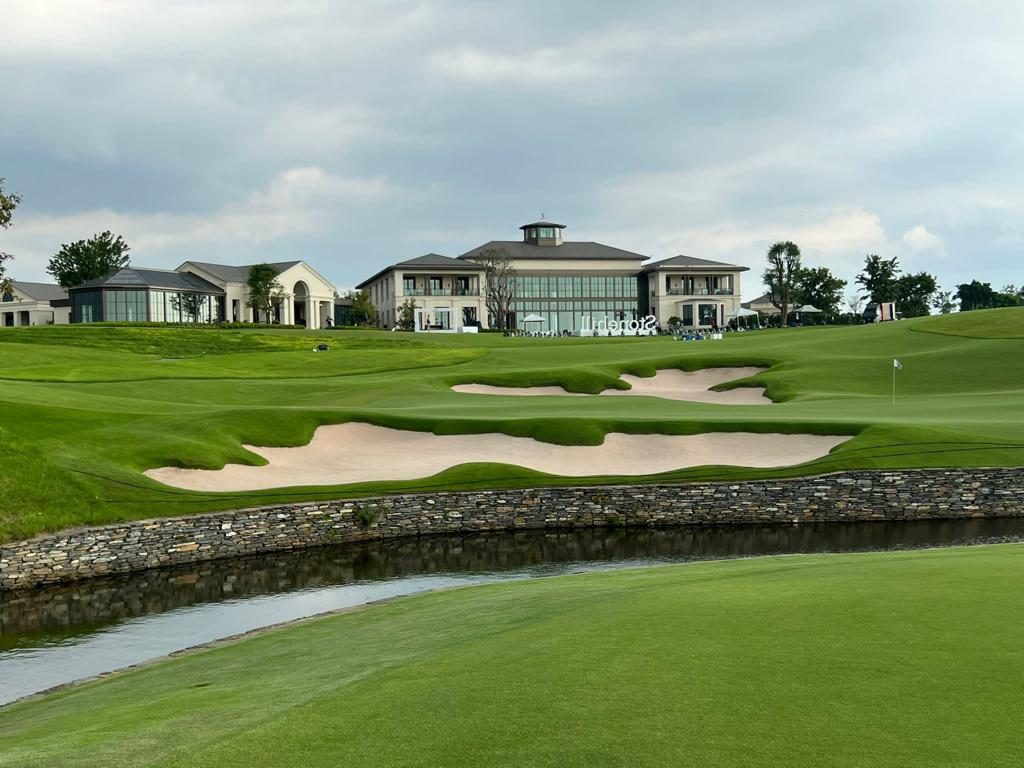

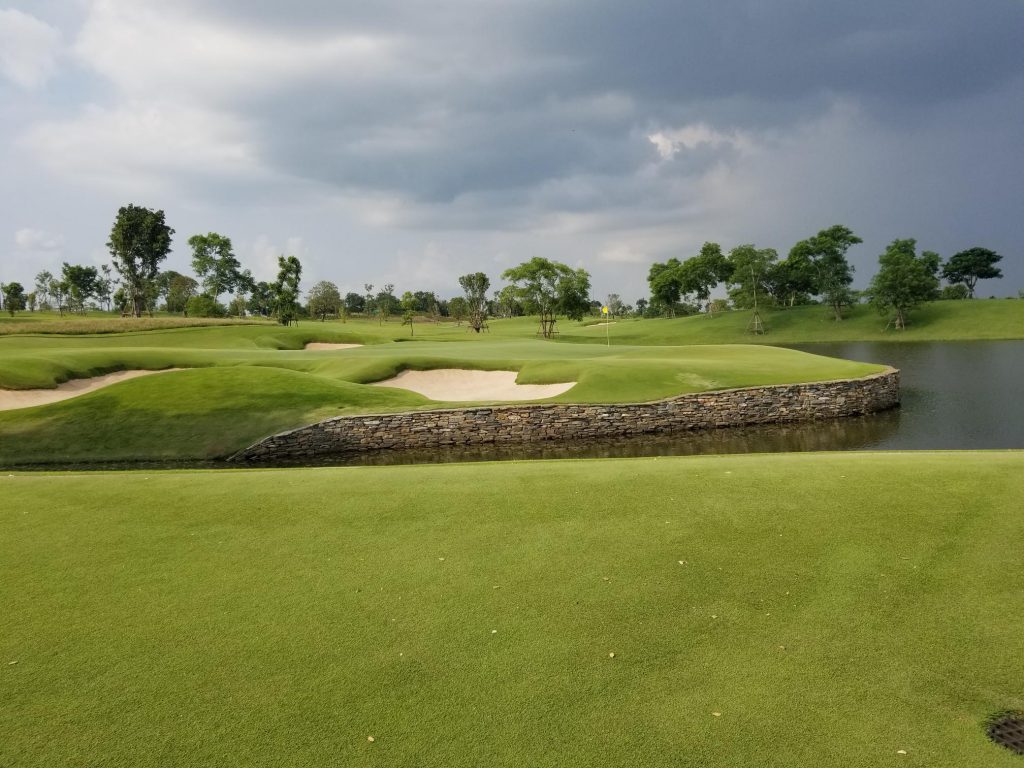
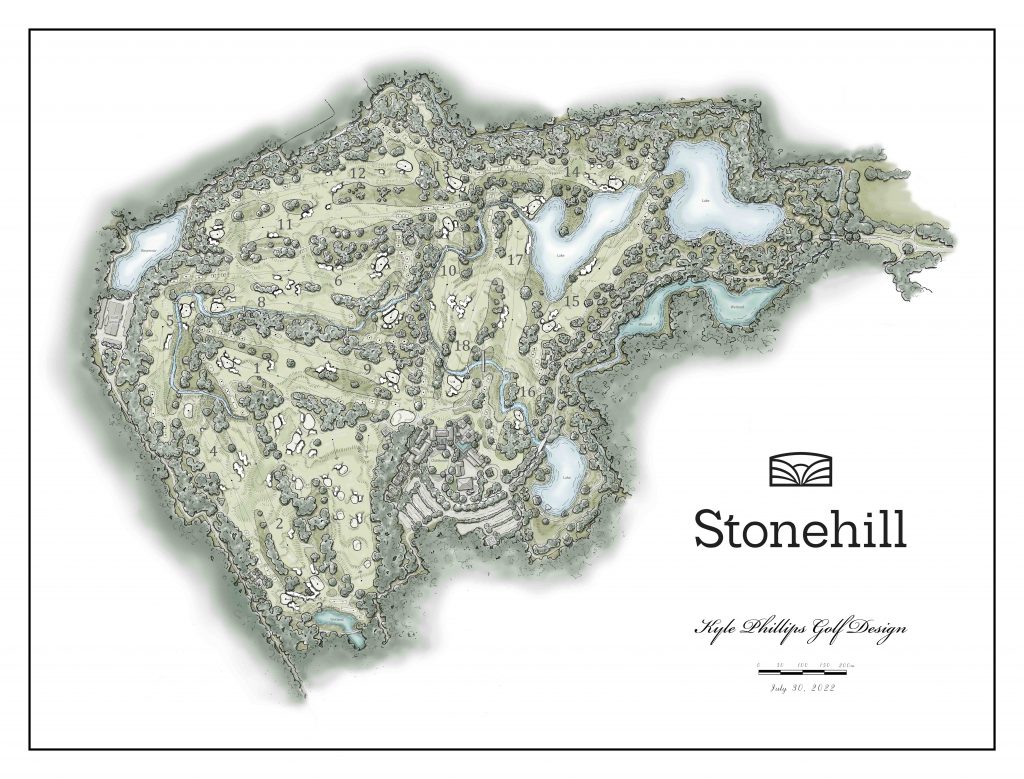



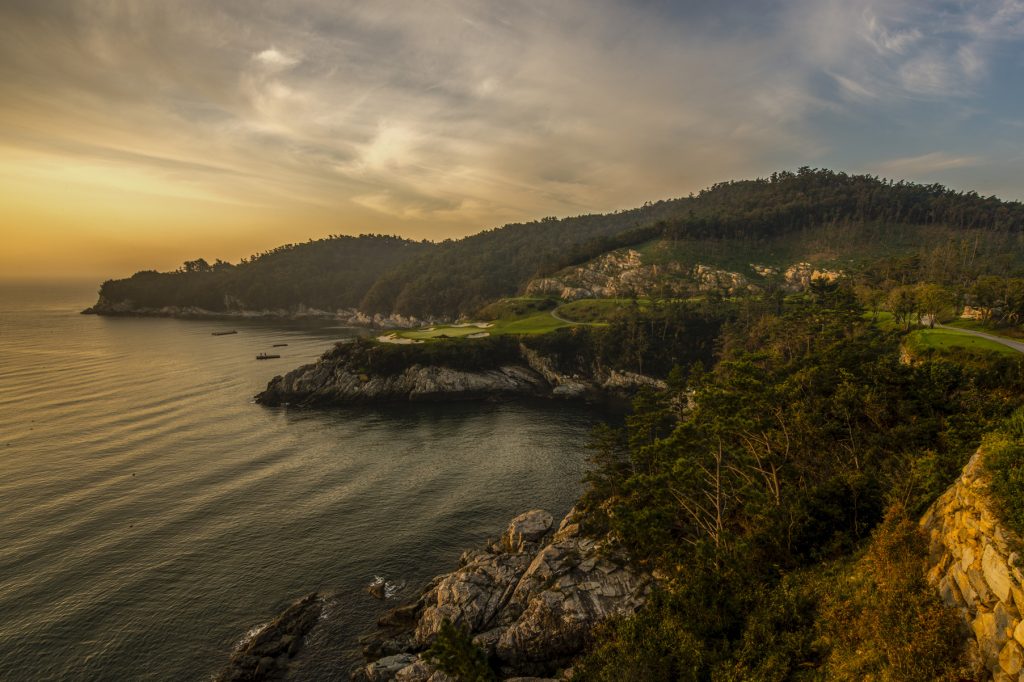
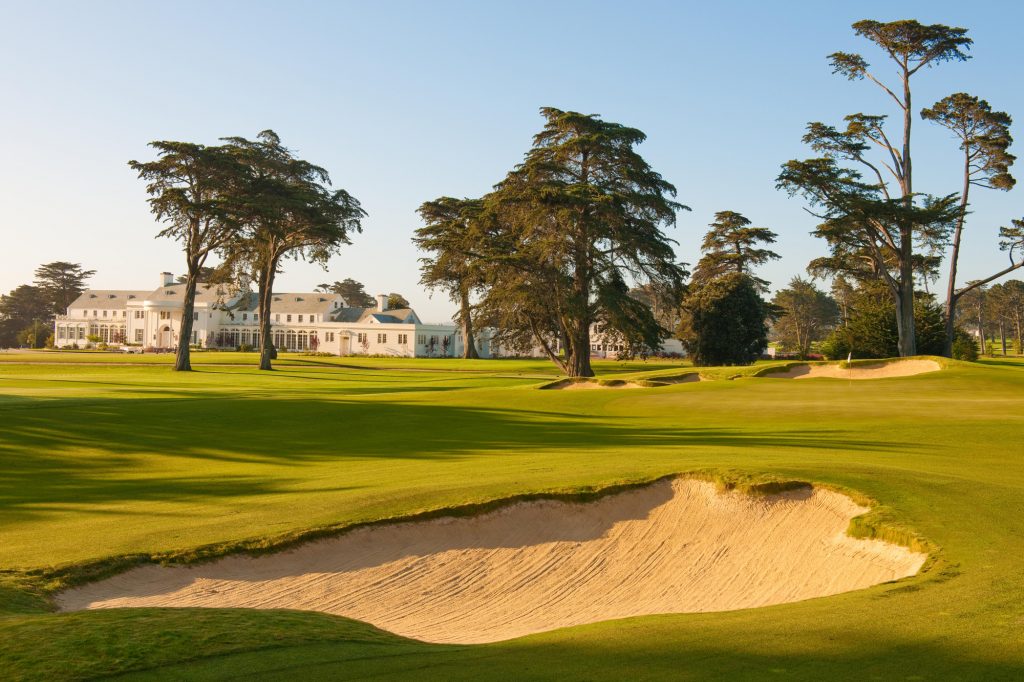
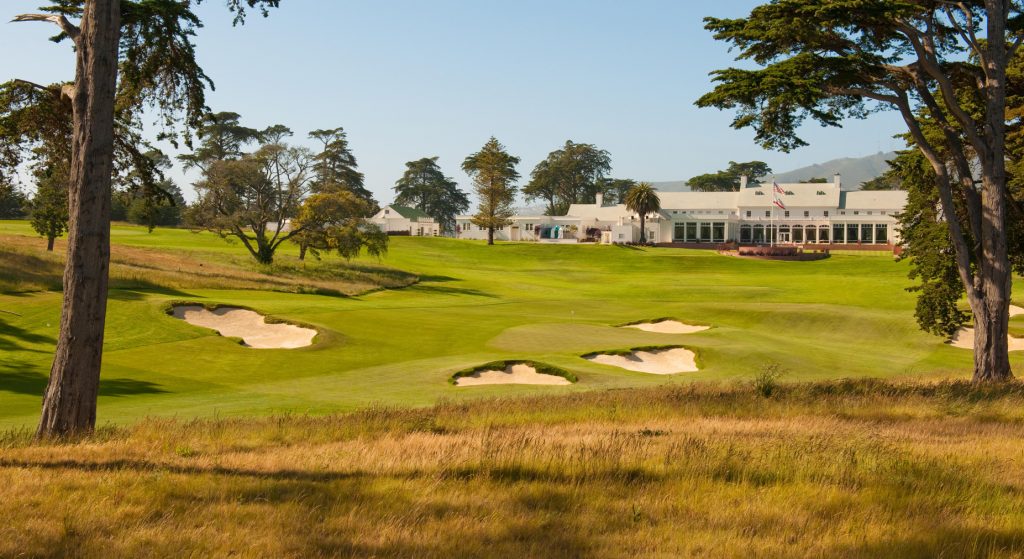




![Sunset over South Cape Owner's Club [image: Joann Dost]](https://kylephillips.com/wp-content/uploads/2016/06/SCOC-Sunset-Joann-Dost.jpg)
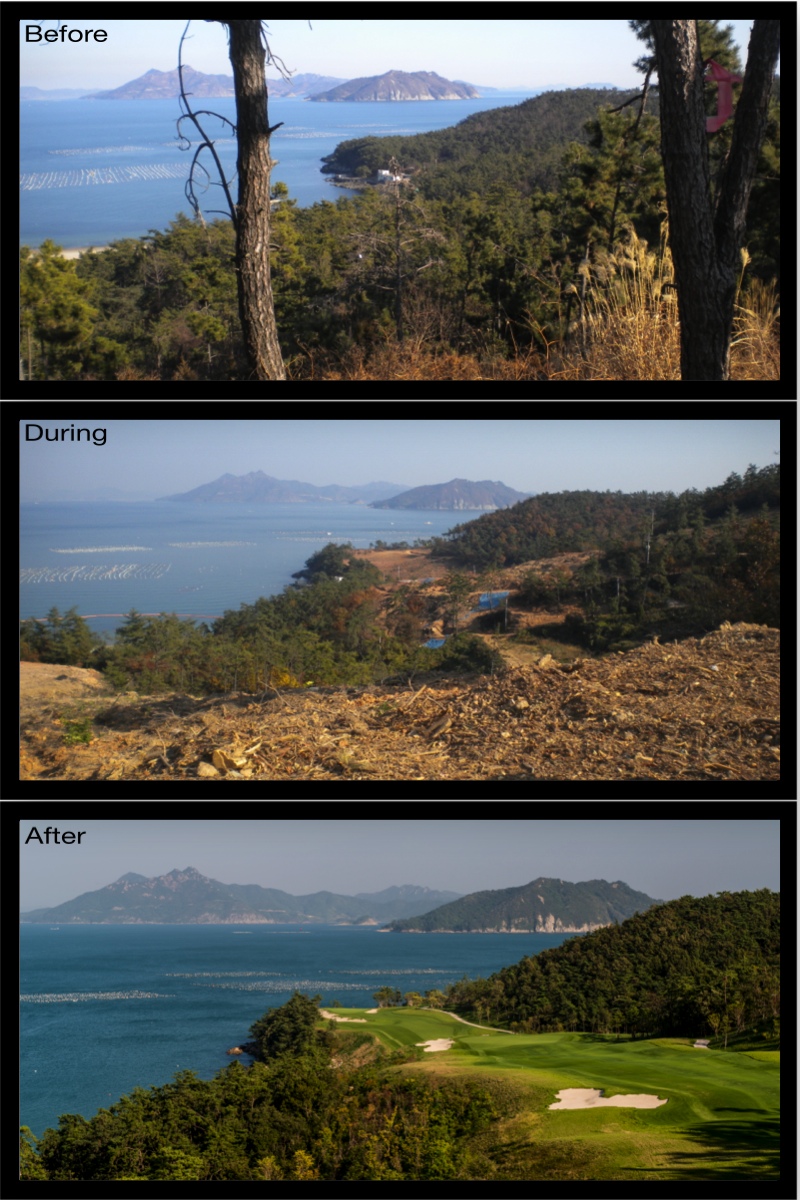
![South Cape Owner's Club Hole 6 [image: Joann Dost]](https://kylephillips.com/wp-content/uploads/2016/06/SCOC-Joann-Dost-Hole-6.jpg)



